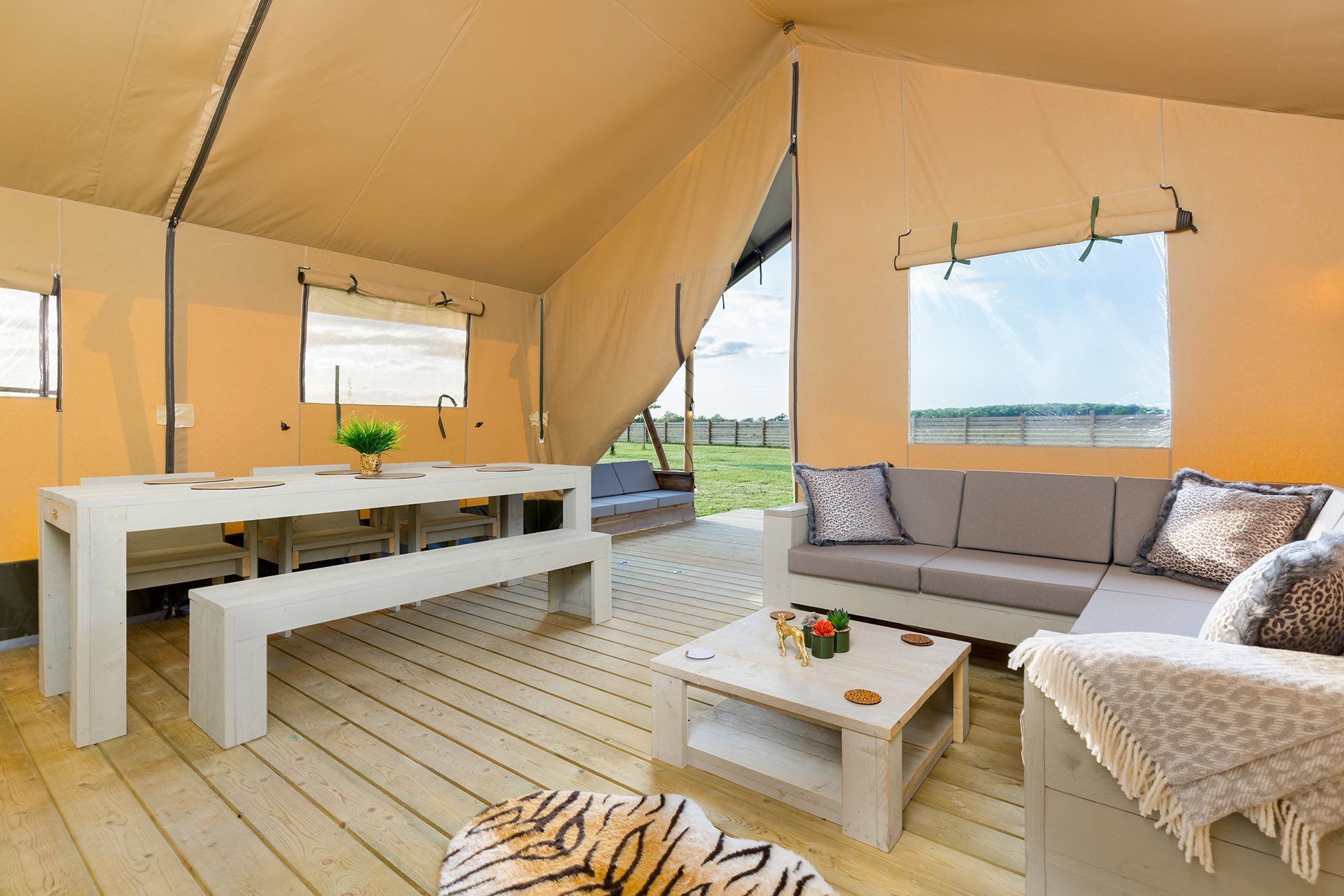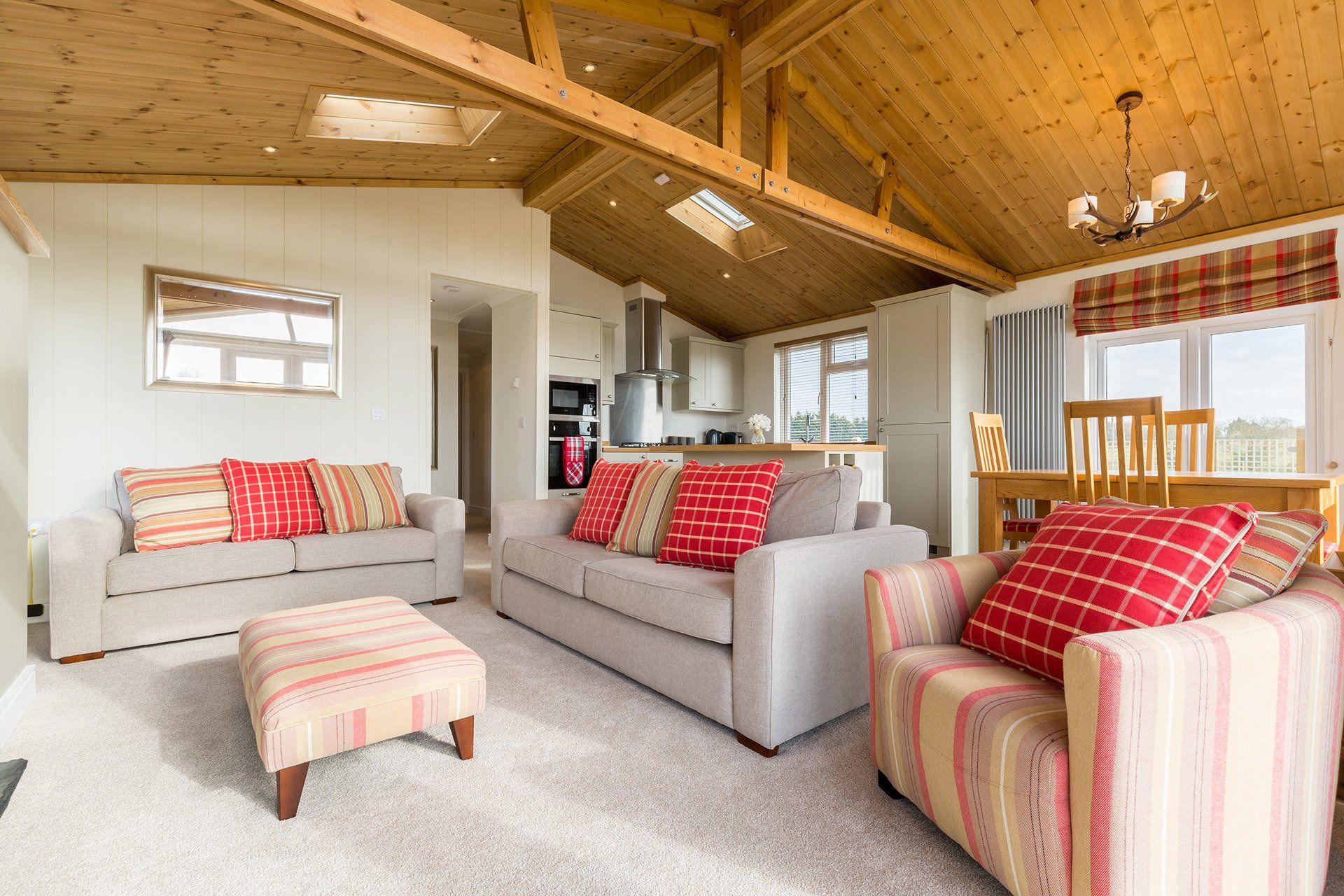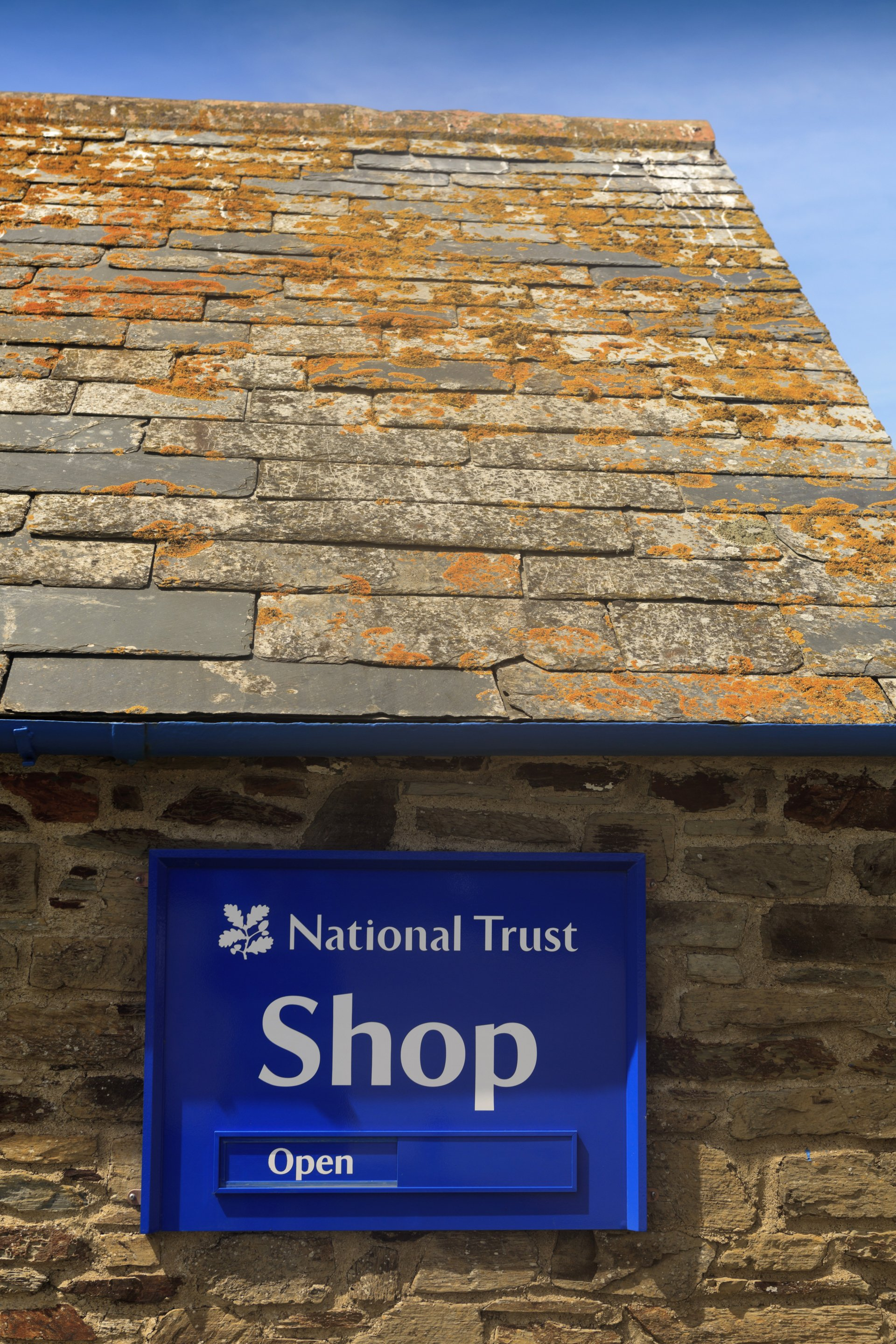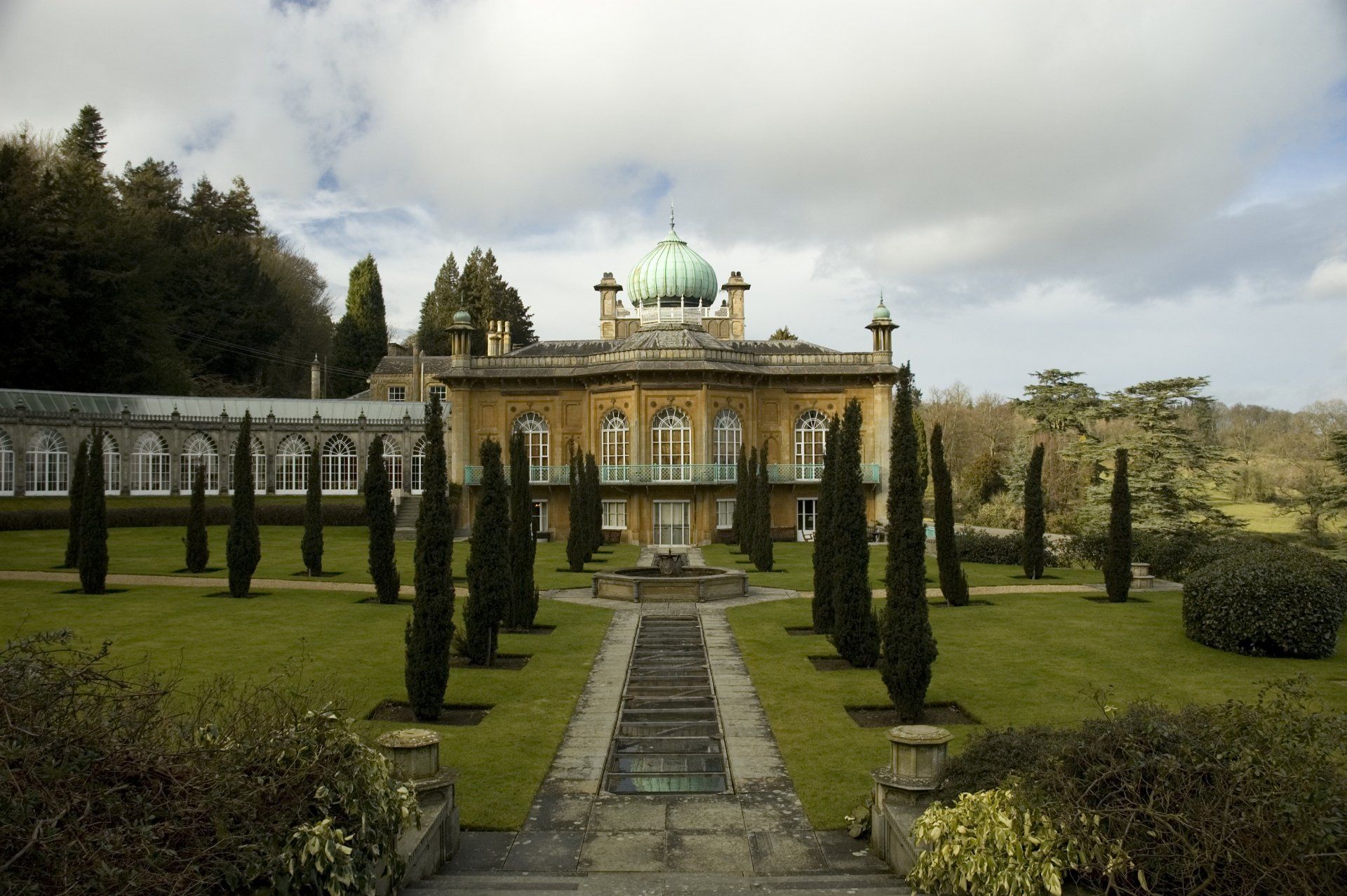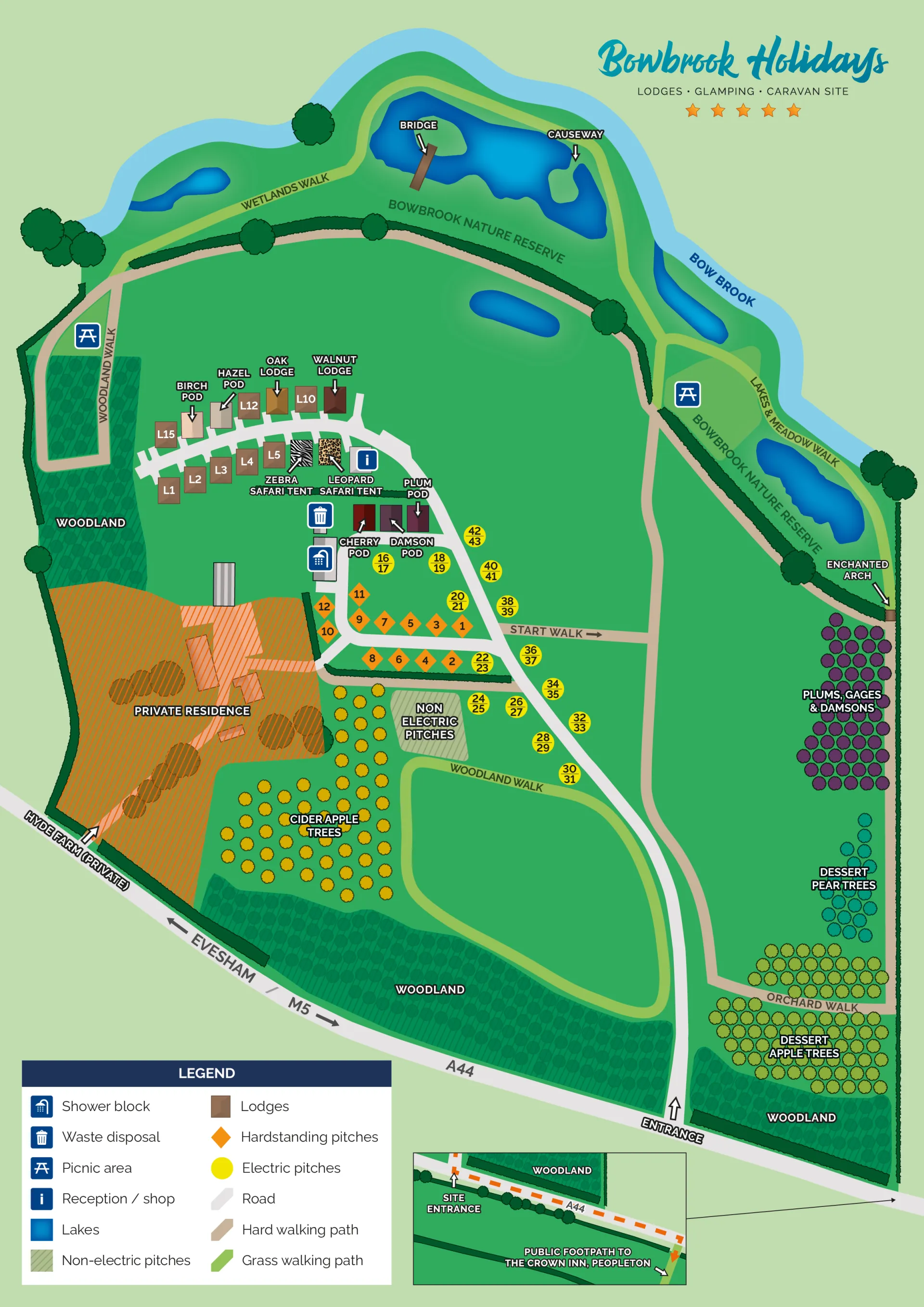Great days out in Worcestershire, Herefordshire, Gloucestershire and beyond
Bowbrook Holidays is perfectly situated for you to enjoy some great days out on our doorstep, in Worcestershire, Herefordshire, Gloucestershire and beyond.
There are so many places to choose from, whatever time of year you visit. But here are a few of our favourites.
Croome, National Trust
Croome stately home and gardens in Worcestershire has a fascinating history – and plenty to see and do.
The grand house (Croome Court) is set in one of the most innovative designed landscapes in Britain – the work of Capability Brown.
Rescued from almost total loss by the National Trust, the parkland with its serpentine river, views over the Malverns and elegant garden buildings, is a perfect place for walks and adventures, with a surprise around every corner.
During the Second World War, Croome was used as a secret wartime airbase. Learn more about this fascinating period and the activities of the many people who worked there, in the RAF museum located at the visitor centre.
There are also contemporary art collections, a restored RAF fighter plane, play areas and a coffee shop.
Entry and parking are free to National Trust members. Entry to the walled garden is an additional fee.
Spetchley Park Gardens
Spetchley Park Gardens in Worcestershire has been home to the Berkeley family for over 400 years and successive generations have lovingly collected rare plants, shrubs and trees from around the world, creating a wondrous garden of many rooms and vistas that appeal to all ages and tastes.
Surrounded by ancient parkland and lakes, this historic garden is set in the countryside with views of the Malvern Hills.
There is also a coffee shop on site, where you can buy a takeaway picnic lunch or cakes and snacks.
Eastnor Castle
Eastnor Castle is located near Ledbury, in Herefordshire, at the foot of the Malvern Hills.
A fascinating and award-winning visitor attraction, it is surrounded by a beautiful deer park, arboretum and lake, and is the home of the Hervey-Bathurst family.
Open on selected days between Easter and September, the historic house is full of medieval armour and fine art. In the beautiful grounds,
visitors will find spectacular walks, trails and views.
Children of all ages will have fun in the adventure playground, Knight’s Maze, Junior Obstacle Course and many more attractions.
The Castle Tea Room offers hot and cold food, drinks and snacks, and there are plenty of picnic benches on the Valley Lawn for visitors to use.
A varied and exciting events programme runs from Easter until September, with a special event held on most days that the castle is open to visitors.
Sudeley Castle & Gardens
You will find Sudeley Castle in Winchcombe, in the Gloucestershire countryside.
Sudeley was once a royal residence, closely associated with some of the most famous English monarchs, including Edward IV, Richard III, Henry VIII, Lady Jane Grey, Katherine Parr, Elizabeth I and Charles I.
The castle has 10 beautiful, award-winning gardens and a fantastic adventure playground and fun fort for younger visitors.
Sudeley Castle is the only private castle in England to have a queen buried within its grounds. Visitors can explore the beautifully restored 15th century St Mary’s Church where Katherine Parr, the last of Henry VIII’s six wives, now lies entombed.
Inside the castle, visitors will find a remarkable collection of priceless objects and curiosities, illustrating the history of Sudeley and its owners.
Among the items on show are a tragic queen’s love letters, a long-lost Roman stone God, a lock of Katherine Parr’s hair, her prayer book and an intricate lace christening canopy, believed to have been worked on by Anne Boleyn for the christening of her daughter, Elizabeth I.
An iconic Elizabethan painting – The Allegory of the Tudor Succession - is on display at Sudeley. The renowned artwork was created in 1572 by Flemish artist, Lucas de Heere, and depicts Henry VIII, his three children, and Queen Mary’s husband, Phillip of Spain.
Sudeley Castle is home to one of the largest public collections of rare and endangered species of pheasants from around the world.
The castle opens in the spring and is open until 31st October.
A number of special events take place at the castle throughout the season.
Sezincote Estate
Located just outside Moreton-in-Marsh in Gloucestershire, Sezincote is unique. At the heart of a traditional, family-run estate covering 3,500 acres of rolling Cotswold countryside stands a 200-year-old Mogul Indian palace, set in a romantic landscape of temples, grottoes, waterfalls and canals reminiscent of the Taj Mahal.
The house is still privately owned and remains at the centre of a thriving agricultural estate. It is a unique combination of Hindu and Muslim architecture. Sezincote is even credited with influencing the design of the Brighton Pavilion, after a visit by The Prince Regent in 1807.
The gardens were designed with the help of Humphrey Repton. Streams and pools are lined with great clumps of bog-loving plants and the stream is crossed by an Indian bridge adorned with Brahmin bulls. Ornaments include a temple to Surya the sun god and a snake coiled around a column in the Snake Pond.
Cotswold Farm Park
There really is something for everyone on a day out at Cotswold Farm Park in the Gloucestershire countryside.
Whether you are interested in rare breeds and sustainable farming or just looking for a great playground for the kids to let off steam, you won’t be disappointed.
Owned by TV star Adam Henson, Cotswold Farm Park has an animal barn, where visitors can meet the newest arrivals, including piglets, calves and goat kids, especially in spring. The discovery barn is home to the smallest creatures, including rabbits, guinea pigs and ducklings. You might even get to see chicks hatch! Staff are always on hand to answer any questions.
Walk round the site on the rare breeds trail to meet goats, lambs and Suffolk Punch horses. There are also one and two-mile wildlife walks, taking in rare wildlife and seasonal wildflowers.
There are a variety of indoor and outdoor play facilities for children, including the popular bouncy pillows, where they can jump as high as they dare!
Cotswold Wildlife Park
Located in Burford in Oxfordshire, the Cotswold Wildlife Park is a slightly longer journey than some of the other attractions, but it is definitely worth the trek for animal lovers!
The park boasts a fantastic collection of animals, including giraffes, meerkats and zebras, as well as white rhinos and the Asiatic lion.
The lemur collection is a real highlight of a visit to Cotswold Wildlife Park and the park is proud of its conservation projects for crowned sifaka and greater bamboo lemurs – two of the most endangered primate species in the world.
In and around the walled garden area of the park, you will find many other primate and small mammal species and the incredible wolverines. Cotswold Wildlife Park is the first UK zoo to successfully breed this species.
The park isn’t just about the animals. Staff have developed a wide range of planting styles in the gardens, many of which link with the animal exhibits and take advantage of its various microclimates. With the Victorian Manor House at the hub, a large walled garden and a wonderful collection of mature trees form the backbone of the landscape.
Gloucestershire Warwickshire Steam Railway (GWSR)
The Gloucestershire Warwickshire Steam Railway is a heritage railway, entirely rebuilt by volunteers.
The railway offers a round trip of 28 miles. Steam trains run from Cheltenham Racecourse to Broadway in Worcestershire – or you can get on or off at Toddington in Gloucestershire.
It uses part of the route of the former Great Western Railway's main line from Birmingham to Cheltenham, which used to run via Stratford-upon-Avon.
GWSR operates its steam and heritage diesel trains through some of the most spectacular scenery in the Cotswolds. The line commands wonderful views of the nearby sleepy hamlets and villages, with outstanding outlooks across to the Malvern Hills and beyond.
Trains operate on selected days throughout the year and there are also a number of special events running during the year, including the ever popular Santa Specials.
Abbey Park, Evesham
If you’re looking for a park to relax or for the kids to let off steam, you can’t beat Abbey Park in Evesham, Worcestershire.
The park is open every day and features mature trees, open grass areas, ornamental herbaceous borders, children’s play area, a skate park, lily pool, picnic benches and plenty of seating, a bandstand, a variety of artwork, historic features and boat trips on the river.
Perhaps the biggest attraction for families with children is the water play fountains.
Set in an attractive area with seats and rubber safety surfacing, water from the mains supply is pumped through underground pipes and sent upwards in a variety of feature fountains and sprays which are great fun to use to cool down on a hot day.
Children or adults can operate the fountains by standing on pressure pads set within the floor surface.
The whole system is operated by an automatic electronic control, which turns the water on at 10am and off at 6pm each day.
There are no changing rooms on site, so visitors are recommended to take along plenty of towels and a change of clothes.
The water fountains are great fun for all ages and abilities, with easy access for wheelchairs.
Sandford Parks Lido, Cheltenham
On a warm, summer day, there is no better place to unwind than Sandford Parks Lido in Cheltenham.
The historic outdoor pool first opened in 1935 and has been enjoyed by the people of Cheltenham and the surrounding areas ever since.
The Lido has a large 50 metre pool, including small slides, and a children’s pool. There is a café on site and the pool is surrounded by plenty of grounds for sunbathing, picnics and relaxing.
On hot days, the queues can get long! The pool has a maximum capacity limit, which it observes strictly and may have to use a one in, one out system if it reaches its limit.
The pool is open from around Easter to October every year.
The Malvern Hills
For fans of the great outdoors, there are few better places to enjoy an exhilarating walk than the Malvern Hills in Worcestershire.
Whether you're looking to hike the whole length of the ridge, a place to walk your four-legged friend or a gentle stroll, the beautiful Malvern Hills and Commons has something for everyone.
Views from the Malvern Hills are stunning on a clear day. While the main ridgeline and slopes are steep, there are also alternative options if you're looking for a gentler walk or access for families or wheelchair users.
Walkers have a right of access across all land under the care of the Malvern Hills Trust, but they are asked to keep to established paths wherever possible, in order to minimise disturbance to wildlife or grazing animals.
Pittville Park, Cheltenham
Cheltenham in Gloucestershire boasts a large number of parks, and Pittville is the jewel in its crown.
Located close to the town centre, Pittville Park is divided in two by Evesham Road. The eastern side of the park is overlooked by Pittville Pump Room, and home to the main children's play area and the aviaries of birds and bunnies.
To the west of Evesham Road lies the much larger western park, with its more natural layout and small areas of woodland. Here you will find the larger 'lower lake' where you can fish during the fishing season, and there is a smaller children's play area along with tennis courts, a pitch and putt golf course and a skate park.
The lake has plenty of ducks and a family of swans, and there are two small cafes to buy coffees and ice creams in the park.
Worcester Woods Country Park
Located close to Worcester city centre, Worcester Woods Country Park boasts two nature reserves, a huge open field, a busy countryside centre with award-winning cafe and easy access from the city or the motorway.
There are two adventure play parks, ancient woodlands to explore and space to fly a kite or have a game of rounders.
During school holidays, there is a timetable of events to keep children entertained, which includes jewellery making, sports sessions and arts and crafts.
Two waymarked trails occupy the park if you fancy a stroll, one through the beautiful and colourful meadows and the other through the shaded woods.
The park has an orienteering course and geocache for those on a quest. It is a popular place for families, where young and old can get together and enjoy a picnic.
Piston Gin School
For something a bit different – and definitely adults only – try a Gin School experience at Piston Distillery in Worcester.
It’s not cheap, but would be great for a special occasion for the gin lover in your life.
Enjoy a Piston and tonic and some nibbles as you hear more about the history of gin. Then you will find out more about the process of making gin, how to correctly use the equipment and the botanicals needed to create your perfect recipe.
Get smelling, touching and tasting, experiment with unique combinations or keep it simple as you create your flavour.
Finally, bottle, label and taste your creation, before taking the rest of your gin home with you – or back to your Bowbrook Lodges holiday.
Greyfriars House and Garden
Greyfriars House and Garden is a former medieval merchant’s home in the centre of Worcester, rescued from demolition by the National Trust.
The timber-framed and tiled house was built in 1480 for Thomas Grene, a brewer from Worcester, on a site next to a Franciscan monastery. Although one of the two ranges running back from the street is Elizabethan, and additions and alterations were carried out in the 16th and 18th centuries, the house remains a good example of a wealthy merchant’s home of the late Middle Ages.
The exterior features original close-studded timbering with carved ornaments. The interior features a great parlour with original carved beams and early 17th century panelling, showing a frieze of Welsh dragons.
The walled garden at Greyfriars pays homage to what stood before it - George's Yard, a row of 10 blindback houses, demolished in 1955 and recycled to create what is now a tranquil outdoor space, where visitors can enjoy the summer sunshine.
The garden provides a great opportunity to witness seasonal changes right in the heart of the city. Throughout the summer, there are bursts of colour as the roses reach up and climb the walls of the timber-framed house.
The house itself is open on Fridays and Saturdays, while the garden and The Old Oak Café are open more often, with free entry and no booking necessary.
Tewkesbury Battle Trail
Tewkesbury in Gloucestershire is one of the best examples of a medieval town centre you could come across.
In 1471, Tewkesbury was the site of a battle that put a new king on the throne and killed an heir apparent. It was one of the decisive battles in the Wars of the Roses and the result was a Yorkist victory, ensuring 12 years of stability until the death of Edward IV in 1483.
Remarkably, the battlefield has been left undeveloped and hosts the biggest Medieval reenactment in Europe every July.
The Tewkesbury Battlefield sits in the town’s back garden, where a waymarked trail takes visitors to the key sites, and you can pick up a Battle Trail leaflet from the tourist information centre.
For the full inside story of the battle, join the Tewkesbury Battlefield Society for its monthly guided walk.
Shopping in Cheltenham
We all love relaxing in the countryside, but sometimes we just can’t resist the lure of a town centre.
Cheltenham has a thriving town centre, with all of your favourite chain stores on the High Street and more high-end shopping on The Promenade, while Regent Arcade is home to over 50 different retailers.
There’s a good mix of independents too, as well as plenty of coffee shops and restaurants, where you can take the weight off your feet and enjoy something to eat and drink.
For restaurants and entertainment, head to The Brewery Quarter. To splash out or just to browse, head for the exclusive Montpellier area.
There are a number of parks and gardens close to the centre if you want to take time out. And few visitors can ignore the photo opportunity of the famous Hare and the Minotaur sculpture.
Shopping in Worcester
Worcester city centre is accessible, compact and visitor-friendly, so you can shop to your heart’s content seven days a week.
The indoor shopping centre, Crowngate, is a treasure trove of homeware, fashion and gifts, while the bustling charter market in Angel Place hosts local traders selling great value food, clothes and gifts from Wednesday to Saturday.
The pedestrianised trio of High Street, Pump Street and The Shambles are well-stocked with fantastic brands and quirky independents.
There are plenty of restaurants to discover if you head away from the High Street towards Friar Street and New Street .
There’s also Reindeer Court, a sophisticated shopping arcade converted from a 17th century coaching inn.
Towards the north of the city centre, you’ll find The Hopmarket, The Foregate and The Tything, with a great selection of restaurants, bars and vintage shops.
Tiddesley Wood Nature Reserve
Tiddesley Wood Nature Reserve is a large woodland in Pershore, Worcestershire. It was once an enclosed deer park owned by the Abbots of Pershore Abbey and local nobility, as well as the Forestry Commission.
The Forestry Commission managed much of the wood as a commercial forestry plantation in the 1950s. Worcestershire Wildlife Trust bought the wood because of its outstanding importance as an ancient woodland, with the ultimate aim of restoring it to its former condition.
The woods are carpeted with wildflowers in spring – bluebells, wood anemones, violets and cowslips.
Trees are coppiced - cut back almost to ground level. This encourages new growth and, when done in rotation, ensures a diverse range of habitats through different stages of growth. Coppiced areas are great for butterflies, insects and warblers.
The larger trees provide habitats for insects that need mature and dead wood. In these shadier areas, visitors should look for uncommon violet helleborines and, where some light penetrates, herb paris, greater butterfly orchid, twayblade and dog’s mercury.
The conifer plantations are gradually being converted to broad-leaved woodland and provide a contrast to oak, ash, aspen, hazel, blackthorn, small-leaved lime, wayfaring and wild service trees. Visitors should keep a look out for the more obvious wild plum, pear and crab apple trees too.
The orchard at the main entrance to the woodland is the remnant of a thriving fruit-growing and market gardening industry that developed in this part of Worcestershire in the 19th century. Tiddesley’s orchard is now managed more with wildlife in mind than commercial interests. The dying and decaying trees are an important habitat for the nationally rare noble chafer beetle, which has been recorded there for many years.
Cheltenham Races
Cheltenham Racecourse is the home of jump racing. Best known for the Cheltenham Festival, and especially the Gold Cup in March, the racecourse hosts a number of other race meetings throughout the year – averaging one meeting a month from October to May.
The Showcase in October features 14 races over two days, while the November Meeting is an unmissable three days of racing. All roads may lead to The Festival, but the magic really starts in November. From countryside entertainment to top-class family fun, there's plenty to enjoy either side of the superb racing out on the track.
Birdland
Birdland in Bourton-on-the-Water, Gloucestershire is home to more than 120 species of bird from around the world.
It is set in nine acres of gardens and woodland, creating a picturesque canopy for the winding River Windrush. Spot flamingos, pelicans, cranes and waterfowl that live in the riverside habitats, with many more inhabiting over 50 aviaries.
Birdland’s star attractions are undoubtedly the king penguins - the only breeding group in England – along with the comical humboldts.
In the Out of Africa area, you will find hornbills, village weavers and many more amazing birds from across the continent.
In the Pandemonium of Parrots area, you will be amazed by vibrant and colourful parrots from macaws to lorikeets in their new enclosures.
Birdland’s newest addition is the Parliament of Owls. Among the birds on show in the new aviaries are snowy owls, burrowing owls, great grey owls, spectacled owls and Indian scops owls.
If you’ve got time, take a wander round Bourton itself, which is an archetypal Cotswold village.
Broadway Tower
Broadway Tower in Worcestershire is one of England's outstanding viewpoints and, at 312 metres above sea level, is the second highest point on the Cotswold escarpment, after Cleeve Hill.
On a clear day, the views are breathtaking and you can see as many as 16 counties - from the peaks of the Welsh mountains all the way to High Wycombe in Buckinghamshire.
The tower, which stands 65 feet high, was the brainchild of Capability Brown and designed by James Wyatt in 1794 in and built for Lady Coventry in 1798-99.
It has had a varied history and over the years has served as a country retreat for artists, including William Morris and Edward Burne-Jones, who rented it together in the 1880s.
In the late 1950s, Broadway Tower was used to monitor nuclear fallout in England and an underground bunker was built 50 yards away.
Today, you can climb the four floors of the tower (including the roof viewing platform). Each floor shares a different aspect of the tower’s unique history. There is also a gift shop and restaurant on site.
You can reach Broadway Tower by following the Cotswold Way from the A44 at Fish Hill or by a steep climb from Broadway village.
Chastleton House
Chastleton House near Moreton-in-Marsh on the Gloucestershire/ Oxfordshire border is a rare Jacobean gem.
It was built between 1607 and 1612 by a wealthy wool merchant, as a statement of his power and prosperity.
Owned by the same family until 1991, when it was bought by the National Trust, the house remained more or less unchanged for nearly 400 years, as the interiors and contents were gradually hit by the ravages of time.
Chastleton House is now an informal and timeless relic, untouched by the 21st century. It has become a fragile time capsule from another age, preserved by the poverty of the family which once owned it.
Chastleton is credited with the origins of croquet as a competitive sport. Its two croquet lawns were originally laid out by Walter Whitmore-Jones in the 1860s. His version of the rules of croquet were published in The Field in 1865 and became the definitive rules of this genteel sport.
Cotswold Lavender
Cotswold Lavender, in Snowshill near Broadway in Worcestershire, is open to the public for around a month during the summer.
Lavender was first planted at the farm in the year 2000 in fields previously used to grow wheat and barley. Now the farm is home to some 70 miles of rows and 250,000 lavender plants.
In a typical English summer, the lavender fields start to come into flower around the middle of June, with the best time to see them from early to mid-July, but it can differ from year to year, depending on the weather.
The lavender is a crop, and just like any crop it is harvested, unfortunately for visitors, that is just when it is looking its very best! Harvest usually starts during the last week of July and continues until early August.
The crops are steam distilled on the farm and made into a range of unique lavender products.
The gift shop and tea rooms are situated in a beautifully restored Cotswold stone barn on the farm. The gift shop sells the complete range of Cotswold Lavender products, the tea rooms sell unusual lavender delicacies, such as lavender shortbread or a cream tea with a lavender scone.
Snowshill Manor
Snowshill Manor, near Broadway in Worcestershire, is a Cotswold house packed with thousands of items collected by just one man.
Charles Paget Wade started collecting as a 7-year-old and eventually built up a collection of more than 22,000 weird and wonderful items from around the world. His collection included furniture, musical instruments, toys, paintings and an incredible 26 suits of Japanese Samurai armour.
Wade purchased the estate in 1919 and spent the years between 1920 and 1923 restoring the manor house and laying out the gardens.
He kept his huge collection in the manor, which provided a stage for his artefacts, while he lived in a small cottage on the estate. His aim was to create an interesting and decorative effect with his collection, rather than a boring museum. He chose his objects in with three essential criteria in mind: design, colour and craftsmanship.
The garden at Snowshill is an extension of the house. It is full of artistic features, with mystery at its heart.
Wade’s motto was “let nothing perish”. He gave the property and his entire collection to the National Trust in 1951.
Visitors to Snowshill Manor can see the eclectic collection laid out just as Charles Wade intended them to be seen.
MORE ARTICLES




